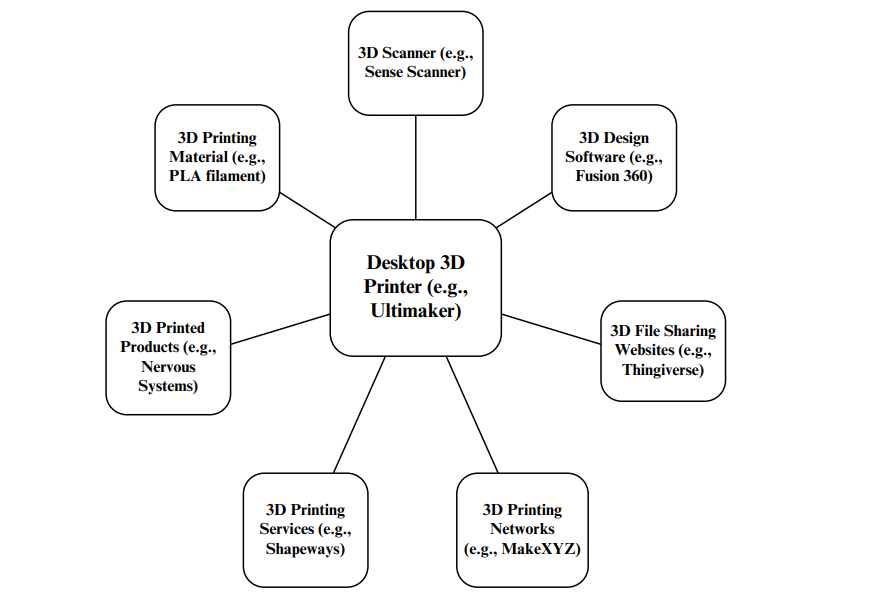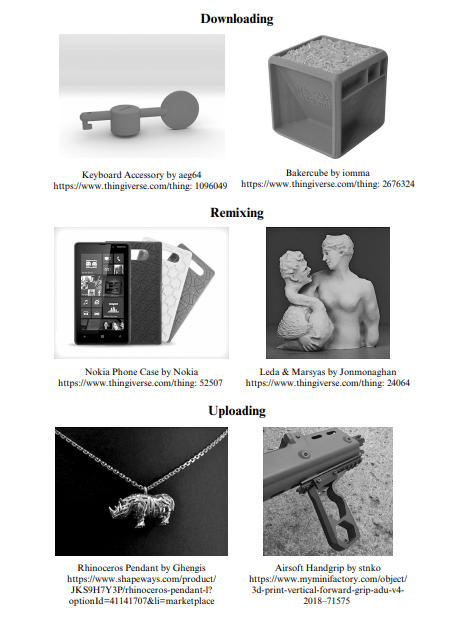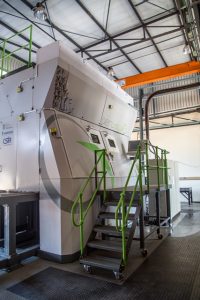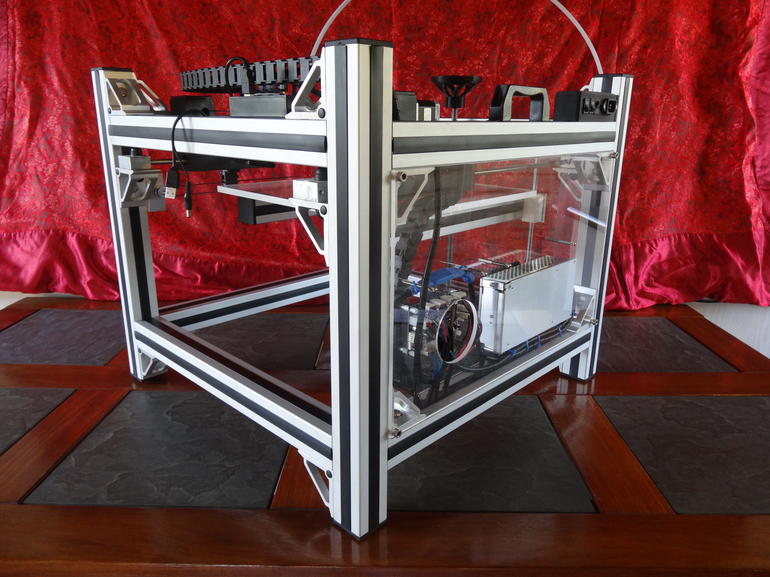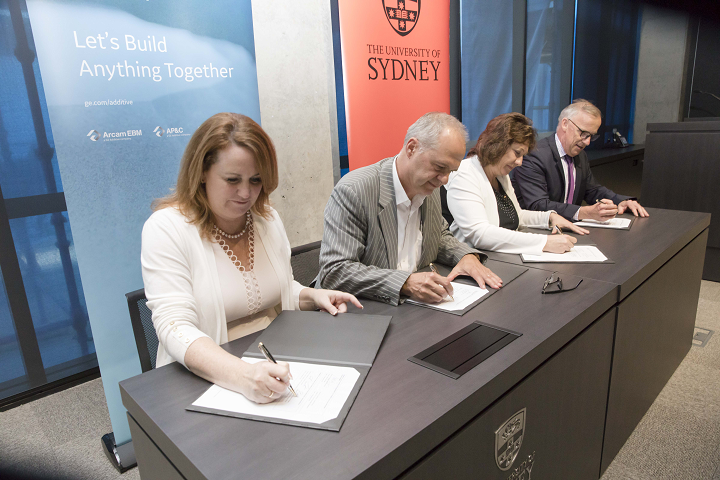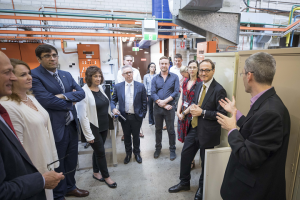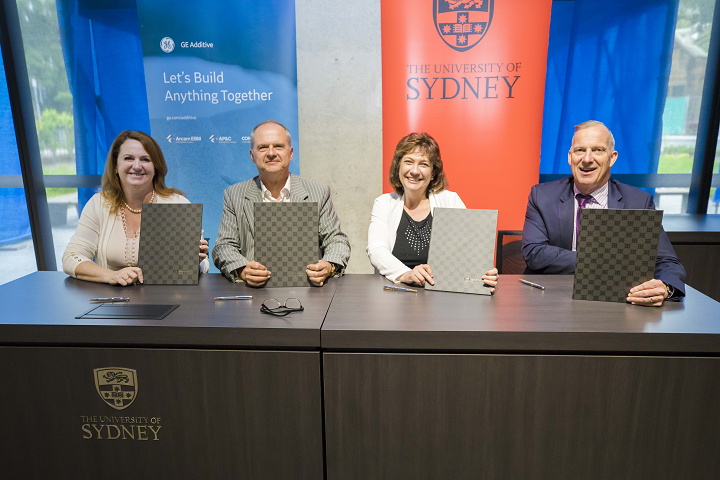In the recently published ‘Enhancing customer centricity via 3D printing,’ authors Subin Im and Aric Rindfleisch explore the connection between business and 3D printing, along with the improvements such technology can offer.
Opening with a very telling quote, “Everything will change when you can make anything,” (Hornick 2015) the authors explore how organizations around the world can become more customer centric. Initially, they find that much of this difficulty is due to ‘the disparity between the goal of customer centricity versus a firm’s capability to achieve this lofty directive.’ Such marketing is meant to promote better understanding of the specific customer, rather than mass markets.
This type of marketing seems to be easier to talk about and plan for than to make a reality. To make the process easier, some businesses are focusing on bringing in progressive technology such as 3D printing. And while so far, the future is uncertain even with the addition of new software, hardware, materials—and the outcome in customization and manufacturing practices—undeniably 3D printing fits in with the overall directive in meeting the specific needs of customers.
The authors examine three types of strategies for enhancing organizations with greater customer centricity:
- Downloading
- Remixing
- Uploading
The strategies emerge from:
- Customer needs
- Technological capabilities
- Organizational structure
An understandable but challenging obstacle is that so many companies remain product-driven rather than solution driven for their customers.
“… firms need to shift their focus away from mass markets and toward individual customers, invest in technology to better understand customer needs, and invert their organizational structure. Although these three guidelines seem straightforward, most firms appear to confront considerable difficulty trying to put them into practice.”
Because there is such difficulty in adopting change, the authors suggest 3D printing as a potential catalyst for serving customer needs better and allowing them to be more pro-active as products are created and delivered; in fact, in some cases, customers may learn to create their own products on-demand, manufacturing in small volumes to customize for their own target base.
The benefits of 3D printing and enjoying greater speed, affordability, and latitude in customizing but also creating and editing on a moment’s notice can be staggering for those who have been mired—and limited—in conventional methods.
In a downloading system or hierarchy, a business may allow their customers to download and use 3D printable files. Companies like Shapeways have made such a process extremely viable.

Exhibits:
1. Low-Poly Pikachu by Flowalistik (https://www.thingiverse.com/thing: 376601)
2. Low-Poly Pikachu G-Code (Authors)
3. Low-Poly Trumpachu by derproberto (https://www.thingiverse.com/thing: 2152465)
4. Low-Poly Squirtle by Flowalistik (https://www.thingiverse.com/thing: 319413)
5. Low-Poly Charmander by Flowalistik (https://www.thingiverse.com/thing: 323038)
In remixing, customers are allowed access to 3D designs, often referred to as ‘open source.’ They can use templates as is or modify them for their own project preferences.
“ … a Remixing strategy is like a conjoint design that stops at the design by letting customers identify the features and levels that they would like to modify. Hence, firms can take advantage of the ease of customization to enhance their degree or customer centricity by remixing existing designs,” state the researchers.
Uploading allows customers to design in 3D and then share within their organization:
“Firms can then manufacture these designs for their customers and/or share these designs with other potential customers,” state the authors.
“Thus, firms that employ an uploading strategy leverage economies of scale to enhance their degree of customer centricity. In effect, by leveraging economies of scope, 3D printing turns firms into customers.”
Convincing businesses to make such a change is not the only challenge though! Customers must also be willing to transition to a more progressive strategy, and an active role. They must have ideas for both products and their development.
“We believe that all three of our proposed 3D printing strategies provide both marketing practitioners and scholars with intriguing alternatives to the traditional (and uncertain) approach of trying to enhance customer centricity via information technologies such as CRM,” concluded the researchers.
Many businesses are undergoing transformations today as they considering adding 3D printers to their production schedules—while others have created comprehensive additive manufacturing facilities and resources.
What do you think of this news? Let us know your thoughts! Join the discussion of this and other 3D printing topics at 3DPrintBoard.com.
[Source / Images: ‘Enhancing customer centricity via 3D printing’]
The post Focus on Customer Centricity: 3D Printing Promotes Greater Customization for Everyone appeared first on 3DPrint.com | The Voice of 3D Printing / Additive Manufacturing.

